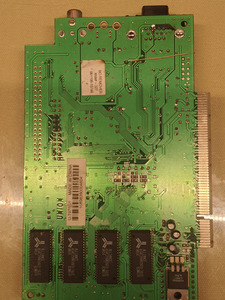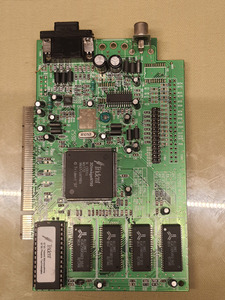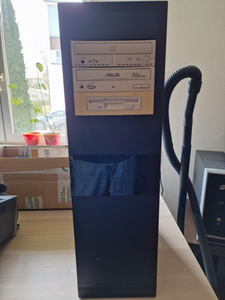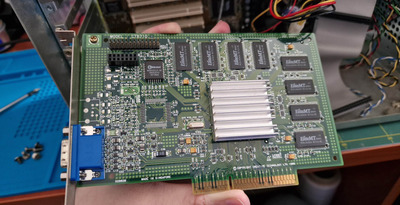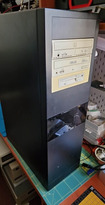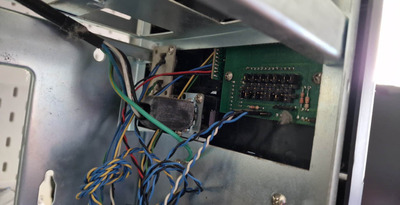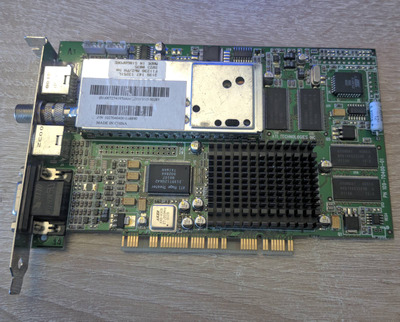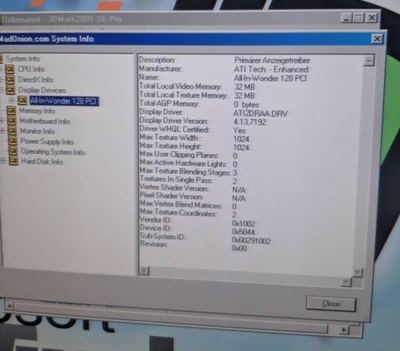Got some ancillary parts this morning, found a DKVM-4K nice and cheap, seemed to be new open box, box was a bit worn, but everything inside very crisp and new. Good to get a 4 port, got a couple of 2 ports and a monster 10 port plus USB (and likely too modern for pre-2000) and the 2 porters never seemed enough for one "cluster". This one seems pretty good, doesn't have to claim any particular OS compatibility, does the double tap on scroll lock plus function shifting, and M key for reset of keyboard and mouse if they get out of synch.
Also got an external drive PSU this one labelled by iOmega, maybe originally for a zip, got the 4 pin 5v/12V miniDin. I don't know if there's an actual standard for these, but a large amount of vendors used the same pinout if there wasn't. Anyway, had 3 for 4 drives, so now one per.
Then couldn't resist a 10 pack of floppies, "microfloppies" no less, so prolly pre-millenial, maxell brand. List compatibility with PS2 up to model 50... whooo! So yah, dunno how long they kept that box for but feels like earlier 90s when they designed it.
Unicorn herding operations are proceeding, but all the totes of hens teeth and barrels of rocking horse poop give them plenty of hiding spots.


